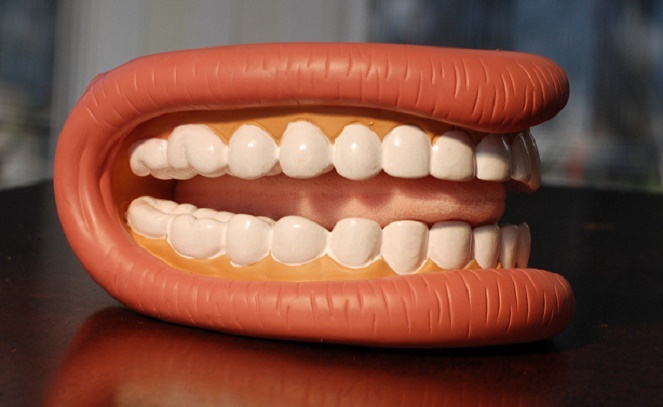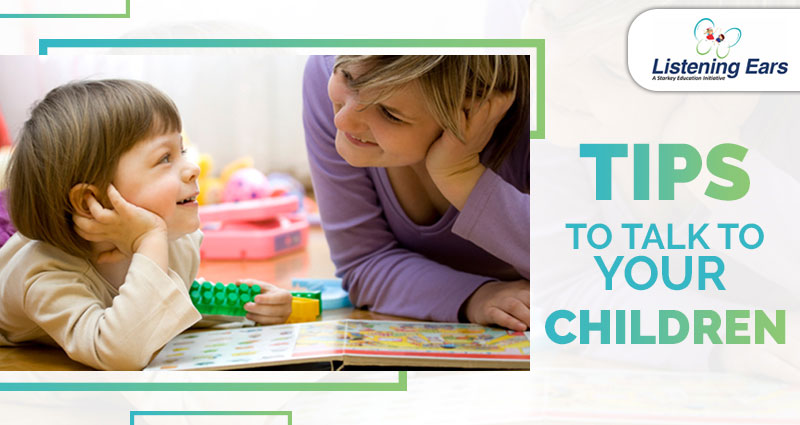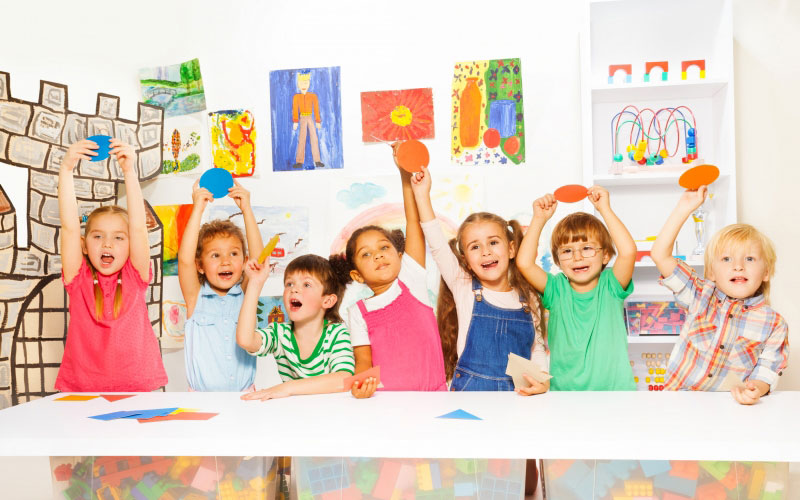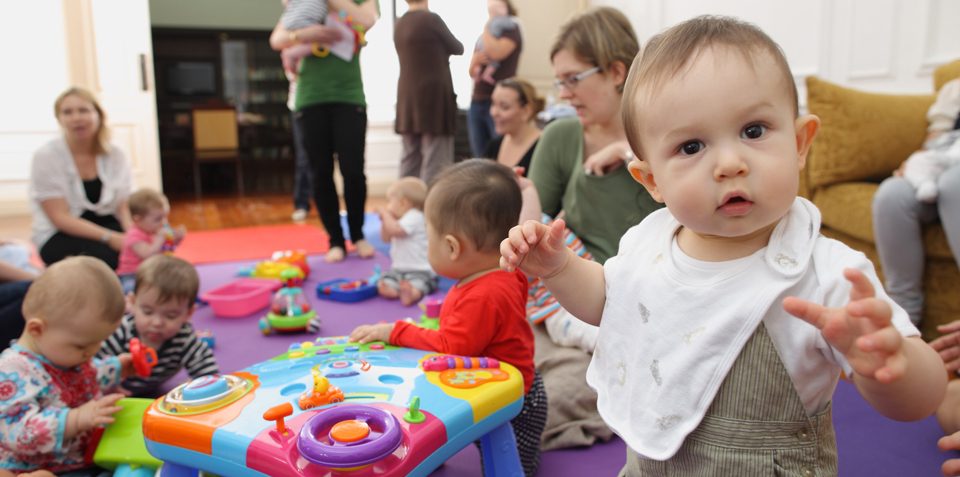
Importance of book reading to kids
October 31, 2017
Children with Language Difficulties
February 1, 2018Does your child say Wabbit for Rabbit or Maw for More? If these and other mispronunciations of the R sound occur in your child’s language, then I’m sure you’ve encountered a few frustrations in trying to correct it.
Did you know that the R sound is one of the most commonly used sounds in English? No wonder that pesky sound (or lack of it) keeps getting messed up in children’s speech. The R sound is typically one of the last sounds to be mastered by children, often not maturing until ages 6 or 7. That’s just one of the reasons it has the persistency to remain incorrect in a child’s speech. Since the sound is later-developing, one of the common misconceptions is to do nothing: “Oh, just wait. It will correct itself.” In many cases it will correct but, in almost as many times, correction of the sound needs a little help.
Not pronouncing correct R’s can have a ripple effect if not addressed in a timely manner. Children may become more self-conscious of their speech, spelling may be affected adversely (Notice all the second grade spelling lists with r-controlled vowels?), and they may be open to teasing, resulting in a withdrawal from participation in discussions and activities. Improper and unintelligible speech can lead to far reaching economic impacts much later in life.
So what’s a parent to do?
A complete evaluation by a licensed speech-language pathologist (SLP) should be the first step. There are a wide range of issues affecting speech receptivity and production: Too many to even name in this article. Often, a little unintelligibility in speech is straightforward and easily treatable. However, there are many cases where multiple issues or disorders may be compounding or masking multiple issues. For the sake of saving time and frustration, a professional evaluation is well worth the investment!
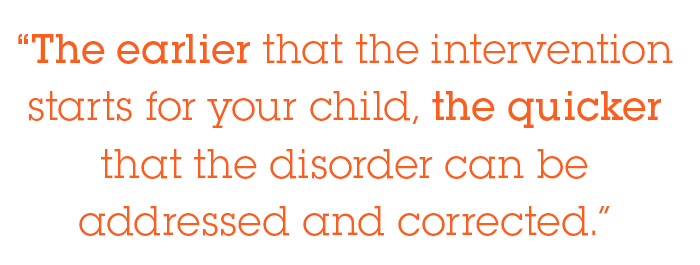
Your child’s age and intelligibility are key determinants in deciding the course of treatment in most instances. If a child above three is only intelligible to family members, then that is an alarm indicating issues that should be addressed. If a kindergartener has some mispronunciations with some of the R sounds, but is generally intelligible to strangers, then that’s probably normal. A little phonetically consistent practice with R words at home will probably help. A second grader, however, should have mastered the R sound. If not, he or she needs some help. The earlier that the intervention starts for your child, the quicker that the disorder can be addressed and corrected. Too often, the child, for whatever reason, does not get adequate help and the sound misproductions persist into their teen years (and beyond). Intuitively, the longer that the bad habit is allowed to continue, the longer and harder it will be to rectify.
Your first resource should be your child’s school. Even if you are home schooling, your local school district will mostly likely provide your child with services for speech. Your child’s pediatrician may also be able to refer you to a private SLP. Though not likely, your insurance might cover some speech services, so it’s worth checking in to if you have to get private services. The American Speech-Language-Hearing Association (ASHA) is an excellent source for finding a competent SLP in your area. There is an option to “find an SLP” on their website.
Treatment of the R sound by a speech-language pathologist on a consistent basis with identifiable goals is obviously the ideal option. However, that might not work for you and your child, because of availability, location or cost. Perhaps an option might be to get an evaluation and some hands-on training from an SLP, so that you can do the bulk of the work yourself. A note of caution and it bears repeating: A professional evaluation by a competent SLP is always a good investment. As you’ll discover below, treating the R sound is complex. It’s one thing to practice phonetically consistent words with your child; it’s a completely different task to determine what the most appropriate intervention target is.

One popular theory for correcting pronunciation (or articulation) disorders is to isolate sounds and work on correcting the sound in isolation. The basic sound (or what is called a phoneme) is selected as a target for treatment. Usually the position of the sound within a word is considered and treated. That is, does the sound appear in the beginning of the word, middle or end of the word (initial, medial, or final). Typical treatment includes drilling through the same sound over and over. Through this method, success is achieved by targeting a sound in a phonetically consistent manner. Phonetic consistency means that a target sound is isolated at the smallest possible level (sound of phoneme) and that the context of production (position in a word) must be consistent.
Everyone knows the vowels, right? A, e, i, o, u and sometimes y. Well R can be vowel-like too. That is depending on the location of the R relative to the vowel, the R will change pronunciation. Consider the words: car, fear, for. The R sound comes after the vowels. Each vowel is pronounced differently and so is the R. The R takes on the characteristic of the vowel depending on context and combination. The six different vocalic combinations, [ar, air, ear, er, or, ire], are collectively called vocalic R, r-controlled vowels, or vowel R. If R comes before the vowel (prevocalic) it remains consistently consonantal (ribbon, race, ring, run, etc.).

Here’s where it gets more complex. Considering the different possible word positions of the different vocalic variations, either in the initial, medial or final part of the word, in which the R sound is located there are many possible combinations. With the vocalic R variations added to the previously mentioned initial R combination, along with the multiple consonantal blend combinations [br, dr, cr, etc.], and the tricky [rl] combination (world, twirl)—there are, all together at least 32 different R sounds to consider as separate distinct sounds!
I’m going to let you in on a little secret: Most speech-language pathologist dislike working on R. Many have difficulty in treating it because they were not trained to think of the R sound in so many combinations. They work on initial R, medial R and final R, just like the other consonants. So if you are working with a speech-language pathologist, make sure you ask questions: How do they evaluate and treat the R sound? What’s his or her background? Experience? Success rate? As in all walks of life, everyone has a specialty, so cleave to those that understand and are successful with your child’s disorder.
It’s critically important to identify which sounds your child consistently mispronounces. This is where a complete evaluation of the R sound is so important. Once identified, pick one sound (of the 32) as the intervention target and practice only that sound. Over and over. For example if your child can’t say “more”, which is [or] in the final word position (or final), then practice words in the same sound and word position, such as door, floor, pour, sure, core, store. That’s phonetic consistency. Practicing the same sound in the same word
position, over and over, until success is achieved. Skipping around to different sounds is what leads to confusion, frustration and lack of success. The phonetically consistent practice of the same R sound in the same word position is the critical key to this approach and the ultimate successful production of R.
Research and experience demonstrates that success with one sound should favorably influence correction of other sounds as well. With consistent practice of the correct sound over time, success should become apparent

Source: Mommy speech therapy

